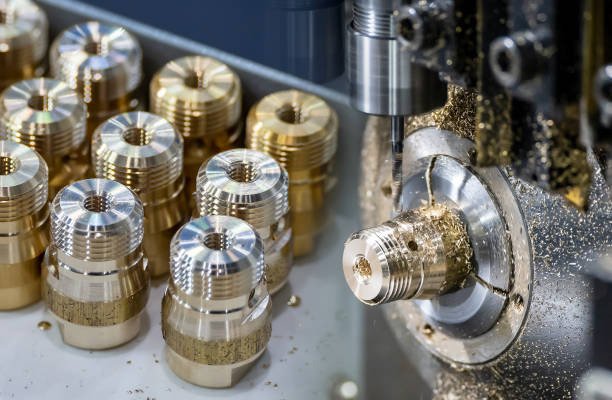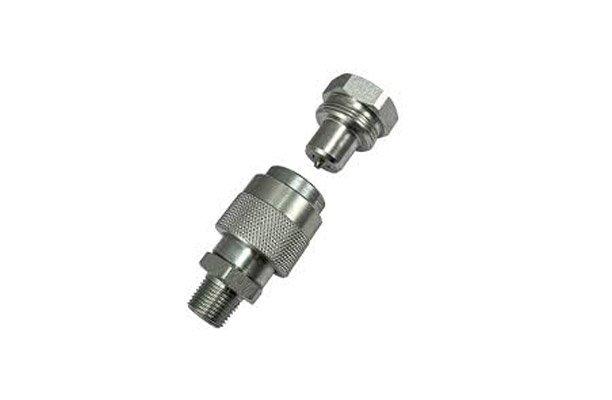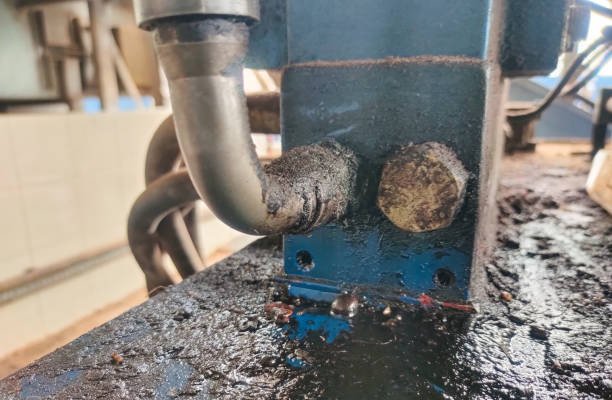Choosing threaded fittings is a crucial decision in industrial applications, as they provide secure and reliable connections across various systems.However, with so many different types and standards available—such as Metric (ISO), Unified (Unified National Thread, or UN), and British (British Standard Pipe, or BSP)—it can be confusing to know which one to choose.
Each type of threaded fitting has its own specific measurements, standards, and use cases, so it’s essential to understand these differences before making a decision. This article will break down the differences between Metric, Unified, and British threaded fittings and discuss when to use each one based on practical factors such as compatibility, ease of use, and efficiency.
Understanding Metric, Unified, and British Threaded Fittings
Before diving into the specifics, it’s important to understand what sets Metric, Unified, and British standards apart. The primary difference lies in the measurement units and how the threads themselves are calculated.
- Metric Threads (ISO): Measured in millimeters, Metric threads follow the international standard, the ISO 261, and are widely used in most countries, especially for scientific, engineering, and industrial applications.
- Unified Threads (UN): Unified threads are based on imperial units such as inches and feet and follow the Unified Thread Standard (UTS). They are common in the U.S. and Canada, where much of the machinery and equipment is manufactured to these standards.
- British Threads (BSP): British threads, particularly BSP (British Standard Pipe), use inches and follow the Whitworth standard for threads. This standard is common in the U.K. and many Commonwealth countries, although it is less frequently used internationally.
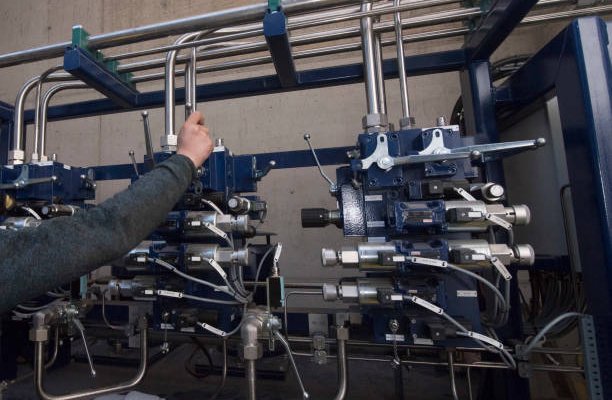
Advantages of Metric Threads in Global Applications
In most situations, Metric threads are the go-to option for industrial and mechanical applications, particularly due to their universality and ease of use. As the standard measurement system in most countries, Metric threads offer several benefits:
1. High Compatibility in International Trade
Metric threads provide greater compatibility across international borders, making them the preferred choice for multinational companies and industries with global supply chains. Given the standardized nature of the metric system, there’s less risk of errors arising from unit conversions or mismatched fittings. This is crucial for industries like automotive manufacturing, electronics, and machinery, where the smallest inaccuracies can cause large-scale issues.
For example, an automotive company sourcing parts globally can rely on Metric fittings to ensure seamless integration across manufacturing plants in different regions, reducing downtime and eliminating the need for specialized conversion tools.
2. Ease of Understanding and Usage
Another advantage of Metric threads is their logical and easy-to-understand system. Since the entire world is moving towards standardizing units under the International System of Units (SI), Metric fittings have become increasingly common in scientific and engineering fields. The clear correlation between units (e.g., millimeters, meters, Newtons) means that engineers can easily design systems without the need for constant unit conversion.
Furthermore, the simplicity in measurements makes Metric threads easier to specify and calculate. For example, a standard M10 bolt will have a 10mm diameter, making it easy to identify and use without needing complex formulas or conversion charts.
When to Choose Unified Threads for Specialized Applications
While Metric threads may be the dominant standard globally, there are still specific cases where Unified threads, particularly in the U.S. and Canada, are essential. In fact, many industries and products in these countries are still manufactured to meet Unified standards, which can make it challenging to switch entirely to Metric without costly modifications.
1. Unified Threads in U.S. and Canadian Manufacturing
Unified threads are often used in American-made machinery, aerospace components, and industrial equipment. In many cases, the machines themselves are designed and built with Unified threads, which means switching to Metric threads could require significant retrofitting or even replacing entire systems.
For example, in the aerospace industry, safety is paramount, and even the smallest error in a threaded connection can have catastrophic consequences. Many American aerospace manufacturers continue to use Unified threads to avoid the potential risks of conversion and ensure compliance with existing safety standards.
Similarly, the oil and gas industry in North America relies heavily on equipment designed to the Unified Thread Standard (UTS). Attempting to replace these fittings with Metric equivalents could lead to incompatibilities and increased maintenance costs.
2. Unified Threads and Legacy Systems
In older machinery or systems that have been in place for decades, Unified threads may still be the preferred choice. For example, factories operating since the mid-20th century may have machines built entirely around the Unified thread system. Switching to Metric threads in such environments could disrupt production and lead to expensive downtime.
British Threads: Regional Preference and Niche Use Cases
British threads, particularly BSP, remain a common choice in the U.K., Australia, New Zealand, and other Commonwealth countries. Although industries use them less widely internationally, some industries find them essential for compatibility with legacy equipment.
1. British Threads in Plumbing and Hydraulic Systems
BSP threads are commonly used in plumbing and hydraulic applications. BSP threads provide a tight seal, ideal for high-pressure systems. In the U.K. plumbing industry, switching from BSP to Metric or Unified threads can lead to compatibility issues and higher costs.
In hydraulic systems, BSP threads are valued for their durability and pressure-handling capabilities. Industries dealing with high-pressure systems, such as heavy machinery or oil extraction, often rely on BSP fittings to maintain operational integrity.
2. British Threads for Regional Compatibility
Just as Unified threads dominate in North America, British threads are prevalent in the U.K. and some Commonwealth countries. For companies operating in these regions, choosing BSP threads ensures compatibility with existing systems and avoids the risk of supply chain issues or engineering errors.
Tools for Identifying Thread Types
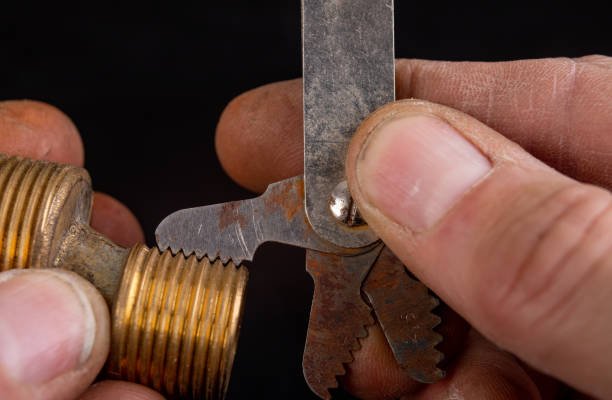
Accurately identifying thread types is crucial to ensure compatibility and avoid leaks or malfunctions. Below are the key tools that can help you identify the correct thread type and size.
1. Thread Pitch Gauges
Thread pitch gauges are simple tools used to measure the pitch of threads. These gauges match their teeth to the threads being measured:
- Metric Threads: Measures the distance between threads in millimeters.
- Unified and British Threads: Counts threads per inch (TPI).
Thread pitch gauges are highly effective for quickly determining thread type and size.
2. Calipers
Calipers measure the diameter of both internal (female) and external (male) threads:
- External Threads: Measure across the outer edges of the threads.
- Internal Threads: Measure the inner diameter of the fitting.
Digital calipers provide precise measurements in both metric and imperial units.
3. Thread Identification Charts
Thread identification charts list thread dimensions (diameter, pitch, and angle) for different standards. Use these charts to cross-reference your measurements from thread gauges or calipers.
4. Go/No-Go Gauges
These gauges verify if a thread fits within acceptable tolerances:
- Go Gauge: Should fit the thread properly.
- No-Go Gauge: Should not fit.
These gauges quickly confirm if the thread meets the standard for use.
5. Handheld Thread Checkers
Thread checkers are portable tools with male and female threaded samples for different types. By screwing your fitting into the checker, you can quickly identify the thread size and standard.
Using these tools ensures that you select the correct threaded fitting, preventing potential issues caused by mismatched threads.
Practical Considerations for Choosing the Right Thread Type
When choosing between Metric, Unified, or British threads, it’s essential to consider more than just the measurement system. The material, size, and specific application all play a role in determining which thread type is most suitable.
- Material Compatibility: Different threads are better suited to certain materials. Food processing industries use stainless steel metric fittings for hygiene, while heavy-duty hydraulic systems prefer durable BSP threads.
- Size and Precision: The size of the threads and the level of precision required in the connection also affect your choice. Industries requiring high-precision engineering often prefer metric threads because of their uniformity and ease of calculation.
- Industry Standards: Depending on the specific industry, certain regulations or standards may dictate which thread type you must use. Automotive, aerospace, oil & gas, and plumbing each have their own preferences based on historical and practical considerations.
Conclusion
In conclusion, you should select the right threaded fitting—whether Metric, Unified, or British—based on your specific industrial requirements, the region where you will use the equipment, and the technical constraints of your project. While British threads serve niche markets in the U.K. and hydraulic systems, Metric and Unified threads are more widely applicable.
Knowing each thread type’s strengths and limits helps improve efficiency, reduce errors, and ensure optimal performance in industrial applications.

